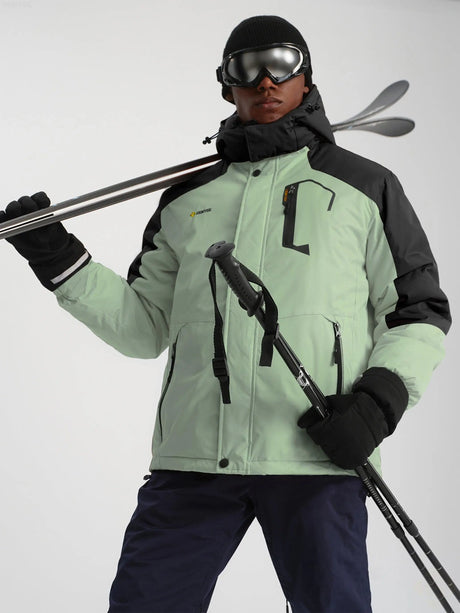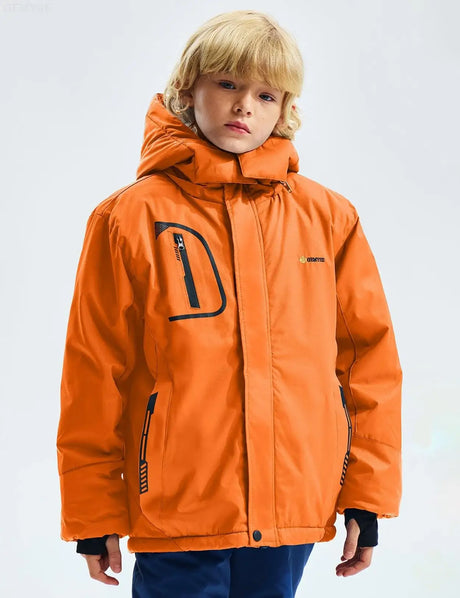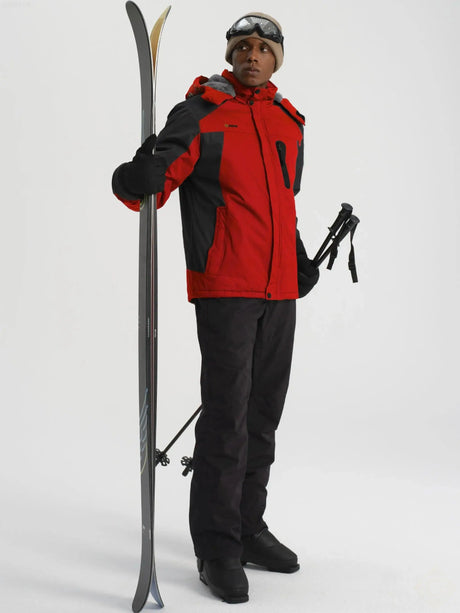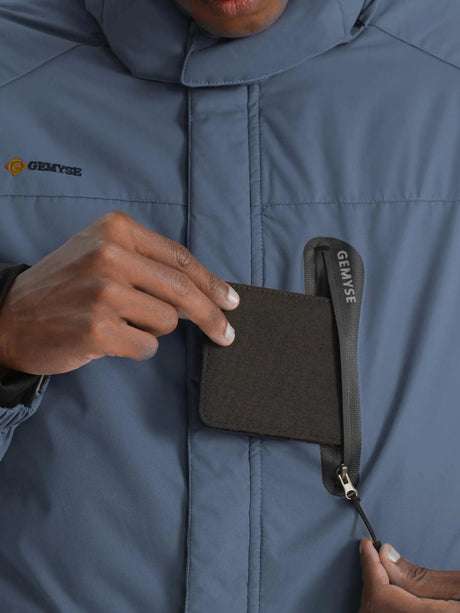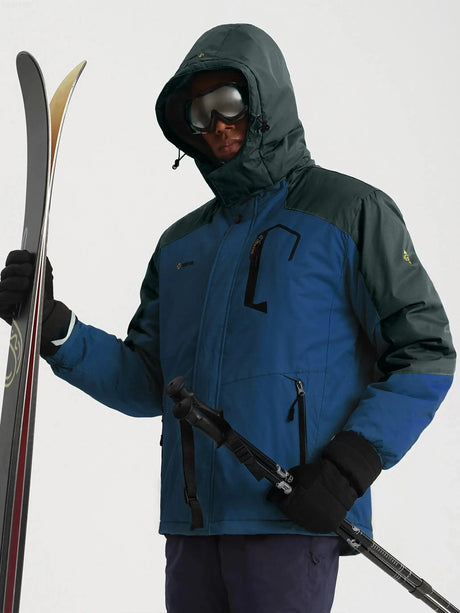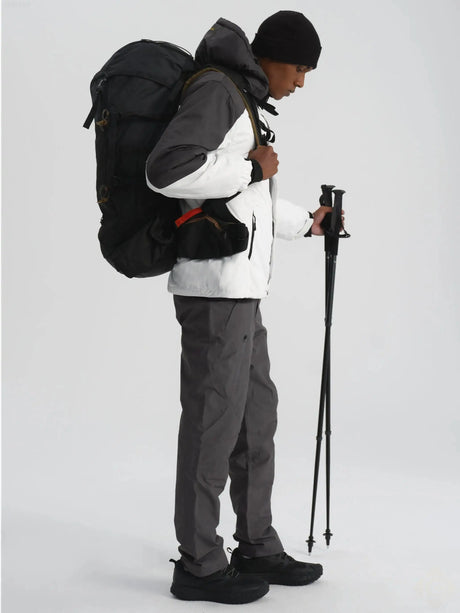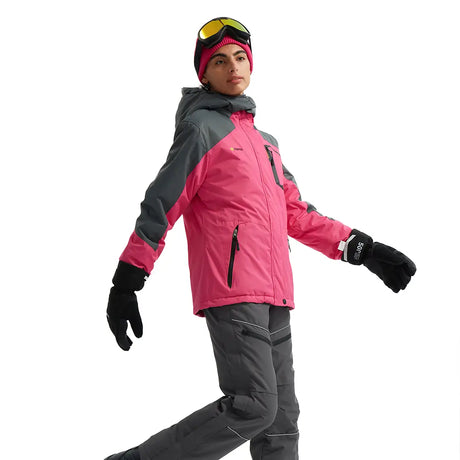Ultimate Skiing Guide for Beginners and Beyond
Skiing is an exhilarating sport that offers a unique blend of adventure, fitness, and breathtaking natural scenery. Whether you're new to skiing or looking to refine your skills, this guide will take you through everything you need to know, from choosing the right gear to mastering the slopes. By the end, you'll be ready to hit the mountains with confidence and style.
1. Understanding the Basics of Skiing
Before you head to the slopes, it's essential to understand the fundamentals of skiing. This section will cover key concepts and terminology that every skier should know.
-
Types of Skiing: There are several forms of skiing, including alpine (downhill) skiing, cross-country skiing, and freestyle skiing. Alpine skiing is the most common, involving downhill runs on groomed trails. Cross-country skiing is done on flatter terrains, focusing on endurance, while freestyle skiing includes tricks and jumps.
-
Skiing Techniques: Basic skiing techniques include the snowplow (or pizza) for slowing down, the parallel turn for maneuvering, and the hockey stop for quick halts. Understanding these techniques is crucial for maintaining control and safety on the slopes.
-
Safety First: Skiing is fun but can be dangerous if you’re not careful. Always wear a helmet, stay within your skill level, and be aware of other skiers and potential hazards on the mountain.
2. Choosing the Right Ski Gear
Selecting the proper ski gear is crucial for a comfortable and enjoyable skiing experience. This section will guide you through the essentials.
-
Ski Jackets: A good ski jacket should be waterproof, insulated, and breathable. For example, the GEMYSE Men’s Winter Ski Jacket is an excellent choice for staying warm and dry in snowy conditions.
-
Ski Pants: Like your jacket, ski pants should offer protection from the cold and wet conditions while allowing for a full range of motion. Look for options with reinforced knees and waterproof zippers.
-
Skis and Poles: The type of skis you choose depends on your skiing style and experience level. Beginners should opt for shorter skis with a softer flex, while more advanced skiers might prefer longer, stiffer skis for higher speeds and better control. Poles should be the correct length, typically reaching your armpits when you stand upright.
-
Ski Boots: Comfort is key when choosing ski boots. Ensure they fit snugly without being too tight and provide good ankle support. A well-fitted boot will enhance your control on the slopes and reduce the risk of injury.
-
Goggles and Helmets: Goggles protect your eyes from snow glare and wind, while a helmet is essential for safety. Make sure your goggles fit well with your helmet to avoid any gaps where cold air could enter.
3. Mastering the Basics on the Slopes
Once you're geared up, it's time to learn the basics on the snow. Here’s how to get started.
-
Getting On and Off the Lift: If you’ve never used a ski lift before, it can be intimidating. Practice standing up from a seated position, and remember to keep your skis parallel as you approach the lift. When getting off, gently push yourself off the seat and glide forward to clear the area quickly.
-
Stance and Balance: Your stance should be relaxed but controlled, with knees slightly bent and weight distributed evenly over your skis. Keep your arms forward and poles pointed back to maintain balance.
-
Controlling Speed and Direction: Start by learning the snowplow technique, where you angle your skis into a V-shape to slow down. To turn, shift your weight slightly to the ski opposite the direction you want to go. Practice these skills on gentle slopes before moving on to more challenging terrain.
-
Learning to Fall Safely: Falling is part of learning to ski. When you do, try to fall to the side rather than backward or forward to avoid injuring your head or knees. Practice getting up from a fall by positioning your skis across the slope and pushing yourself up with your hands.
4. Improving Your Technique
As you gain confidence, it's important to refine your technique to tackle more difficult slopes and enjoy a smoother ride.
-
Parallel Skiing: Once you're comfortable with the snowplow, transition to parallel skiing. This technique allows for faster and more efficient turns. To practice, start on an easy slope and gradually bring your skis together as you turn.
-
Carving: Carving is an advanced technique where you tilt your skis on their edges to make clean, arcing turns. This technique requires good control and balance, so practice on gentle slopes before moving to steeper terrain.
-
Mogul Skiing: Moguls are the bumps formed on a ski run due to repeated turns. Skiing moguls requires quick, controlled turns and a good sense of rhythm. Start on small moguls to build your confidence and work on maintaining a steady pace.
-
Freestyle Tricks: If you're interested in freestyle skiing, start with basic tricks like jumps and spins on flat terrain before moving to the park. Always practice with caution and consider taking lessons from a qualified instructor to learn safely.
5. Understanding Ski Conditions
Different snow and weather conditions can greatly affect your skiing experience. Knowing how to adapt to these conditions is essential for both safety and enjoyment.
-
Powder Snow: Powder is fresh, unpacked snow that’s great for soft, floaty rides. However, it can be challenging to ski on if you’re not used to it. Keep your weight slightly back and use a wider stance to maintain control.
-
Packed Snow: Packed snow is firm and groomed, making it easier for beginners to ski on. However, it can become icy, so make sure your edges are sharp to maintain grip.
-
Icy Conditions: Icy patches can be tricky and dangerous, especially for beginners. Keep your turns smooth and controlled, and avoid sharp movements that could cause you to lose your edge.
-
Variable Conditions: On some days, you might encounter a mix of snow types. Be ready to adjust your technique as you move from one area of the mountain to another.
6. Advanced Skiing Techniques
Once you’ve mastered the basics and are comfortable on intermediate slopes, you may want to explore more advanced techniques.
-
Steep Slopes: Skiing steep slopes requires confidence and control. Keep your turns short and quick to manage your speed, and always stay balanced over your skis.
-
Off-Piste Skiing: Off-piste skiing involves skiing in unmarked areas outside the resort boundaries. It offers fresh snow and untouched terrain, but it’s also more dangerous. Only attempt off-piste skiing if you have the necessary skills and equipment, and never go alone.
-
Backcountry Skiing: Backcountry skiing is similar to off-piste skiing but takes place further from the resort, often requiring you to hike or skin up the mountain. This type of skiing requires specialized equipment and a strong knowledge of avalanche safety.
-
Ski Racing: If you’re competitive, ski racing might be for you. This discipline focuses on speed and precision, with courses marked by gates that you must navigate as quickly as possible.
7. Staying Safe on the Slopes
Safety should always be your top priority when skiing. Here are some tips to ensure a safe skiing experience.
-
Follow the Rules: Every ski resort has rules and guidelines to keep everyone safe. Familiarize yourself with the mountain’s signs, and always follow the rules.
-
Know Your Limits: It’s important to ski within your ability level. Pushing yourself too far can lead to accidents and injuries.
-
Stay Hydrated and Nourished: Skiing is physically demanding, so make sure to drink plenty of water and eat energy-boosting snacks throughout the day.
-
Be Aware of Others: The slopes can get crowded, especially on weekends and holidays. Always be aware of other skiers and snowboarders around you, and give them plenty of space.
8. Preparing for Your Ski Trip
Preparation is key to a successful ski trip. Here’s what you need to do before you hit the slopes.
-
Physical Fitness: Skiing is a full-body workout, so it’s important to be in good physical shape. Focus on strengthening your legs, core, and cardiovascular system in the weeks leading up to your trip.
-
Packing Essentials: Make a checklist of everything you need for your trip, including ski gear, clothing, sunscreen, and snacks. It’s better to be over-prepared than to forget something important.
-
Choosing the Right Resort: Not all ski resorts are created equal. Consider your skill level, the types of runs available, and the resort’s amenities when choosing where to go.
9. Tips for First-Time Skiers
If you’re new to skiing, these tips will help you make the most of your experience.
-
Take a Lesson: The best way to learn skiing is with the help of a professional instructor. Group lessons are a great way to meet other beginners, while private lessons offer personalized attention.
-
Start on Easy Terrain: Stick to beginner slopes until you feel comfortable with the basics. There’s no rush to tackle more difficult terrain.
-
Rent Equipment: If you’re new to skiing, it’s a good idea to rent equipment before investing in your own. This allows you to try out different types of gear and find what works best for you.
-
Dress in Layers: The weather on the mountain can change quickly, so it’s important to dress in layers. Start with a moisture-wicking base layer, add an insulating mid-layer, and finish with a waterproof outer layer.
10. Why You Should Start Skiing Today
Skiing is more than just a sport; it’s a lifestyle. Here’s why you should consider taking up skiing.
-
Health Benefits: Skiing is a great way to stay fit and active. It improves cardiovascular health, strengthens muscles, and burns calories.
-
Mental Well-being: Being in nature and experiencing the thrill of skiing can boost your mood and reduce stress.
-
Social Opportunities: Skiing is a social sport that’s perfect for making new friends and bonding with family and loved ones.
-
Scenic Beauty: Few activities offer the stunning views and connection to nature that skiing does. Whether you’re gliding down a mountain or riding the chairlift, the scenery is always breathtaking.
11. Conclusion: Ready to Hit the Slopes?
With this comprehensive guide, you’re now equipped with the knowledge and confidence to start skiing or improve your skills. Remember to choose the right gear, practice safety, and take your time to enjoy the experience. Skiing is a journey, and the more you learn, the more rewarding it becomes.
For the best ski gear to accompany you on your adventure, check out the latest collection of high-performance ski jackets and pants at GEMYSE. Whether you're a beginner or a seasoned skier, you'll find the perfect fit for your needs. Happy skiing!

